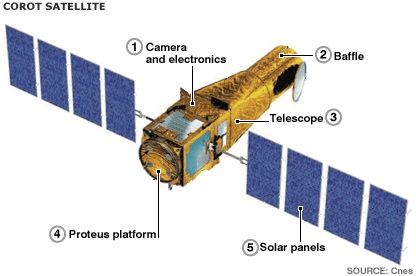
I spent the first two months of this project in the stacks of the Sci- Li reading everything satellite related before moving the focus of my project more toward space junk. That said, the engineering that goes into satellites is stunning, and I thought I would briefly mention some of what I learned through a discussion of materials:
Conditions in space are such that all the material engineering that goes into a satellite has to be optimized for an environment that is a vacuum without gravity, with high levels of radiation, and extreme temperatures. As such, thermal controls are essential to protect the satellite’s on-board equipment, including communication data relays to Earth, sensitive electronics, transponders, cameras, telescopes, and so on. Thermal controls, or radiators, include significant insulation and highly reflective material. This is just an idea, but this may be part of why satellites are so visible at night. The frame of the satellite, called the bus, is typically a metal alloy (generally high-grade aluminum) or composite (generally a graphite fiber- polycyanide, the cyanide functioning like an epoxy that glues the carbon together). Aluminum honeycomb (extruded sheets with tiny dime-sized hexagons) is the layer found underneath the graphite fiber or aluminum exterior of the satellite.
Satellites also have a source of power, ranging from batteries and solar power cells (working in tandem) to nuclear reactors. How much power and how many batteries are needed are related to the satellites life span, the amount of information it processes, how much of its orbit is in the dark behind the Earth, and how much it needs to move to maintain orbit. They also contain a host of electronics, like an on board computer, radio or antenna, and an attitude control system which is linked to thrusters on the satellite. Other electronics found in satellites are transponders for the relaying of information, and there are sometimes thousands of these in communication satellites, cameras in surveillance and weather satellites, and telescopes in research satellites.
The Satellite main page
